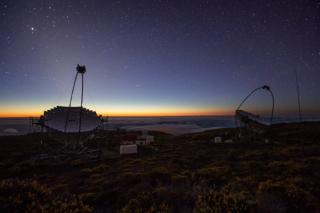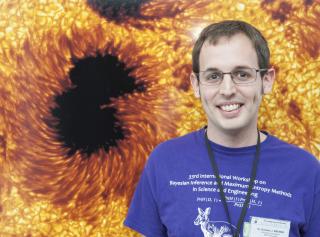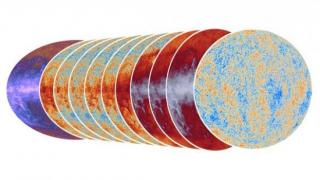
The Astrophysics Institute of the Canaries, (IAC) in collaboration with the Museum of Science and the Cosmos, belonging to Museums of Tenerife, is going to stage a re-showing of the puppet play “Do Puppets Dream of the Universe?” which was first very successfully shown in 2012. This activity is part of the popularization programme that the IAC and the Museum are organizing as part of the Weeks of Science and Innovation in the Canaries, organized by the Canary Agency for Research Innovation and the Information Society (ACIISI) of the Government of the Canaries. This entertaining show- which
Advertised on



